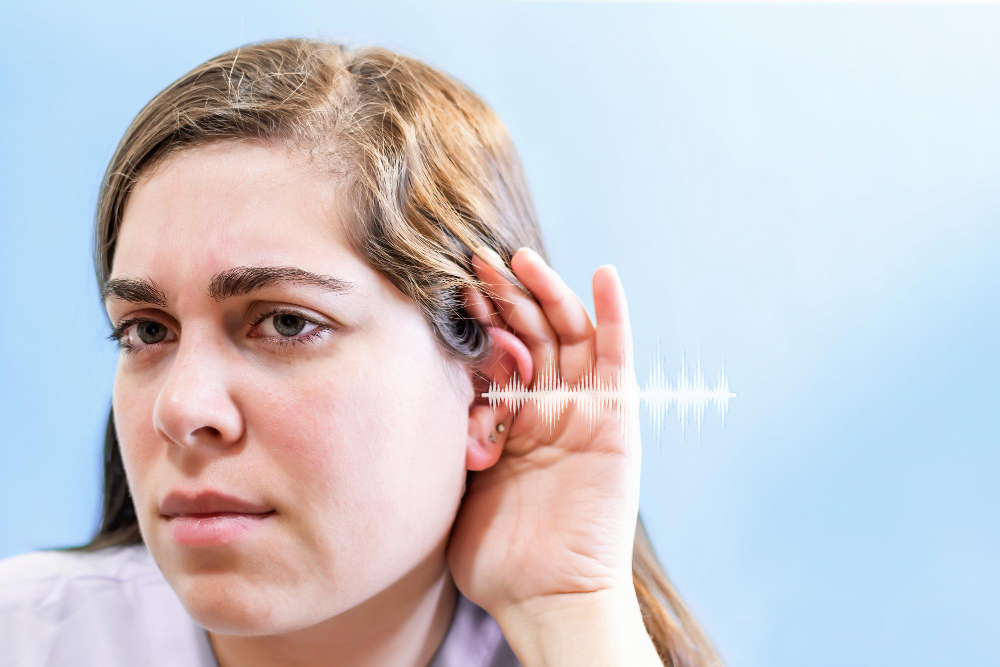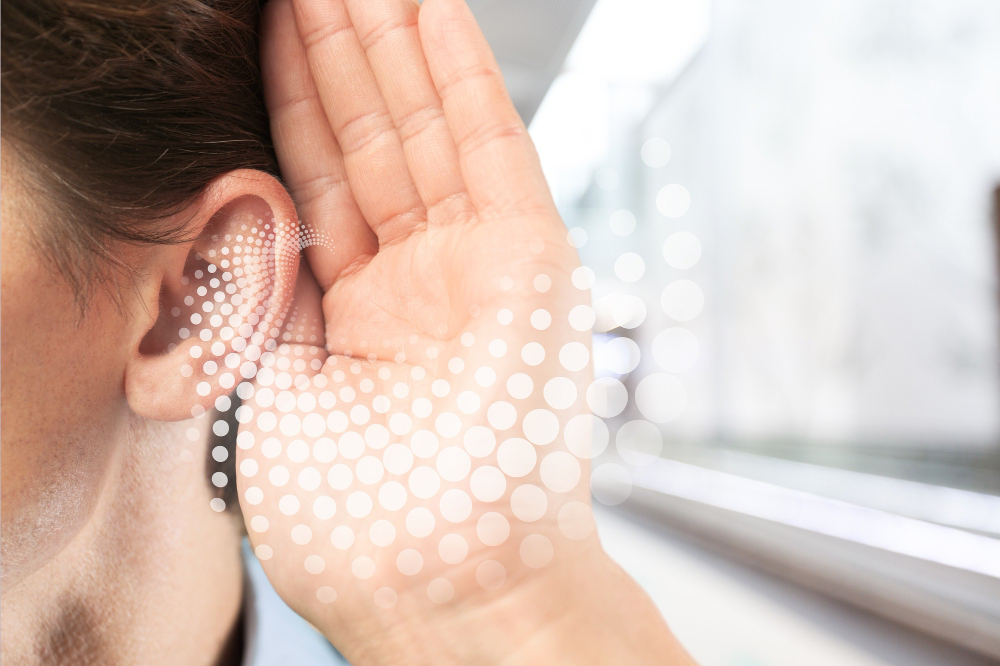
Bluetooth and Beyond: The Evolution of Hearing Aids in the Digital Age
Introduction
The digital revolution has transformed hearing aid technology, shifting from basic amplification to sophisticated, AI-driven auditory enhancement. Modern hearing aids incorporate advanced digital processing, connectivity, and adaptive learning to deliver seamless, personalized experiences. Bluetooth technology has been a game-changer, enabling wireless integration, but it is just one aspect of the broader digital transformation in hearing healthcare. This paper explores the technological advancements in hearing aids, their impact on users, and the future trajectory of auditory enhancement solutions.
I. Bluetooth Connectivity: Revolutionizing Hearing Aid Functionality
1. Seamless Audio Streaming
Bluetooth-enabled hearing aids facilitate direct audio streaming from smartphones, tablets, computers, and televisions, eliminating intermediary devices. This enhances accessibility to phone calls, music, and other digital media without compromising sound quality.
2. Hands-Free Communication
Modern hearing aids integrate Bluetooth call functionality, allowing users to engage in hands-free conversations. This is particularly beneficial for individuals with dexterity limitations or those who require seamless connectivity while multitasking.
3. Personalized Control via Mobile Applications
Dedicated smartphone applications provide users with intuitive control over hearing aid settings. Users can adjust volume, modify sound profiles, and select noise reduction modes with a few taps, ensuring an optimized listening experience tailored to their environment.
4. Connectivity with Assistive Listening Devices (ALDs)
Bluetooth-compatible hearing aids can link to ALDs in public spaces such as theaters, airports, and conference halls. This facilitates clearer sound transmission in challenging acoustic environments, improving comprehension and accessibility.
II. Beyond Bluetooth: Expanding the Digital Capabilities of Hearing Aids
1. Artificial Intelligence (AI) and Machine Learning (ML) for Adaptive Listening
-
AI-powered hearing aids analyze real-time acoustic environments, automatically adjusting amplification, noise suppression, and directional focus.
-
ML algorithms learn from user behavior, refining hearing profiles based on listening habits and preferences.
-
AI-driven speech recognition enhances voice clarity, particularly in noisy environments, improving overall communication effectiveness.
2. Digital Signal Processing (DSP) for Superior Sound Quality
-
DSP algorithms continuously analyze and optimize incoming sound signals, reducing distortion and enhancing clarity.
-
Advanced noise reduction techniques differentiate speech from background noise, ensuring optimal sound perception.
-
Directional microphones focus on target speakers, improving speech intelligibility in group conversations and crowded areas.
3. Remote Audiology and Telehealth Integration
-
Remote programming allows audiologists to adjust hearing aid settings in real time, eliminating the need for frequent clinic visits.
-
Telehealth consultations enable professionals to diagnose and troubleshoot issues remotely, improving accessibility for users in rural or mobility-restricted conditions.
-
Cloud-based data storage allows users and audiologists to track hearing performance over time, enabling data-driven optimizations.
4. Internet of Things (IoT) Connectivity
-
IoT-enabled hearing aids can sync with smart home devices, alerting users to doorbells, security alarms, and smoke detectors.
-
Wearable health integration allows hearing aids to monitor vital signs and provide biometric feedback.
-
Future IoT applications may include real-time translation and automatic transcription services for enhanced communication.
III. Advanced Features and Functional Enhancements in the Digital Age
1. Rechargeable and Eco-Friendly Solutions
-
Rechargeable lithium-ion batteries eliminate the need for disposable batteries, offering cost savings and environmental benefits.
-
Fast-charging technology ensures extended usability with minimal downtime.
2. Tinnitus Management and Sound Therapy
-
Integrated tinnitus masking features generate soothing background sounds, alleviating discomfort for individuals with persistent tinnitus.
-
Personalized therapy modes allow users to customize masking tones for maximum relief.
3. Spatial Awareness and Sound Localization
-
Advanced sound localization algorithms help users identify sound directionality, improving situational awareness and safety.
-
Spatial awareness features benefit individuals navigating complex acoustic environments such as city streets and social gatherings.
4. Personalized Sound Profiles and Data-Driven Customization
-
Users can create customized sound profiles for specific listening environments, such as restaurants, offices, or outdoor settings.
-
Adaptive equalization ensures optimal sound clarity by continuously fine-tuning output based on auditory input.
IV. The Future of Digital Hearing Aids: Emerging Trends and Innovations
1. Neural Network Processing for Natural Sound Perception
-
Next-generation hearing aids utilize neural networks to replicate natural hearing processes, providing a more immersive auditory experience.
-
Enhanced real-time adaptation allows for rapid adjustment to dynamic sound environments.
2. Augmented Reality (AR) and Virtual Reality (VR) Integration
-
AR-compatible hearing aids will enhance spatial awareness and environmental interaction in augmented settings.
-
VR integration will facilitate immersive experiences for entertainment and virtual meetings, ensuring a fully inclusive digital space.
3. Wearable Health Integration and Biometric Monitoring
-
Future hearing aids will integrate biometric sensors, monitoring heart rate, body temperature, and activity levels.
-
AI-driven health alerts will provide early warnings for cardiovascular and neurological conditions based on auditory biometrics.
4. Gene Therapy and Regenerative Medicine for Hearing Restoration
-
Research in gene therapy and stem cell regeneration aims to repair damaged cochlear cells, potentially restoring natural hearing function.
-
Future breakthroughs in biotechnology could significantly reduce the dependency on electronic hearing aids.
5. Over-the-Counter (OTC) Hearing Aids: Increased Accessibility and Affordability
-
Regulatory changes support the emergence of self-fitting, OTC hearing aids, expanding accessibility for individuals with mild to moderate hearing loss.
-
AI-driven self-assessment tools will guide users in selecting and customizing OTC devices without professional intervention.
6. Enhanced Cybersecurity for Digital Hearing Devices
-
As hearing aids become more connected, robust encryption and cybersecurity protocols will be essential to protect sensitive user data.
-
Biometric authentication may be incorporated to prevent unauthorized access to hearing aid settings and stored health information.
V. The Role of Professional Audiological Care in the Digital Era
1. Comprehensive Hearing Assessments and Personalized Fittings
-
Audiologists conduct thorough hearing evaluations to determine the most suitable hearing aid technology for each individual.
-
Real-ear measurements (REMs) ensure precise amplification adjustments for optimal sound perception.
2. Ongoing Customization and User Education
-
Regular follow-ups allow audiologists to fine-tune hearing aid settings based on evolving auditory needs.
-
Counseling sessions provide users with strategies to maximize their hearing aid’s effectiveness in various listening environments.
3. Aural Rehabilitation and Communication Training
-
Training programs help individuals develop auditory processing skills and improve speech comprehension.
-
Cognitive hearing training enhances listening abilities and compensates for auditory deficiencies.
4. Long-Term Support and Technological Updates
-
Professional guidance ensures users remain updated with the latest firmware and software advancements.
-
Continuous innovation in digital audiology allows for seamless upgrades, ensuring hearing aids evolve with technological progress.
Conclusion
The digital transformation of hearing aids has ushered in an era of unprecedented accessibility, personalization, and connectivity. Innovations in AI, Bluetooth, IoT, and biometric integration are redefining auditory healthcare, offering users an immersive, adaptive, and data-driven listening experience. As technology continues to evolve, the synergy between professional audiology and digital advancements will play a crucial role in enhancing the quality of life for individuals with hearing loss. By embracing these innovations, we pave the way for a future where hearing enhancement transcends its traditional limitations, unlocking new possibilities for seamless auditory integration in the digital age.


